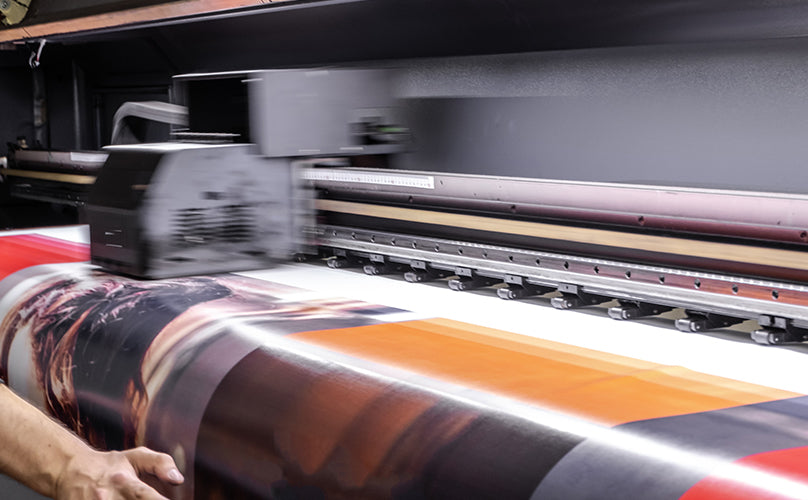
What is the Best Resolution For Large Format Printing?
Getting a sharp, crisp print is always the goal when it comes to wide format printing. At our custom print shop in Vancouver, we often get asked:
What Resolution Do My Photos or Images Need to Be?
Small Scale Printing
For small scale printing, the answer comes from a rule of thumb: usually twice the output linescreen, or about 300-400 dots per inch (dpi). Any higher than that and the file size grows exponentially without much improvement in quality, and any lower is when you might start to see jagged edges and get that pixelated look.
Large Format Printing
But for scaling up to large format printing like huge banners, oversized wall prints or images to go on the side of delivery trucks, it’s a different story. If the same dpi calculations were used for an image as large and 10 x 20 fee, the image file would quickly become too large to work with.
Factors to Consider For Large Format Printing Resolutions
Instead, there are several other factors to consider (in addition to the size of the final print). Things like viewing distance, viewing conditions, and the type of image.
The viewing distance refers to the fact that size will determine where (how far back) a person will need to stand in order to be able to view it in it’s entirety.
Viewing conditions describe the extenuating circumstances surrounding the image. Is it moving? Will the observer be moving? Is it lit up or seen through some kind of filter like a window or glass?
A well-lit interior oversized wall print that a viewer will stop and admire may have the same dimensions as a semi trailer, but the viewing conditions are very different. In this case, the wall print will need to be sharper than the semi trailer, which will often be in motion.
The type of image describes what the final product should look like. Is the idea that the print is going to be a sharp image of people’s faces or will it be a digital graphic? Depending on the type of image the final product is meant to portray, a soft focus or low contrast image can suffice at lower resolutions. However, if the type of image needs high contrast edges and finer detail, a low resolution file will be obvious and just not look great.
General Size For Large Format Printing
The best thing to do is ask your friendly wide format printing experts in Vancouver. But to get an idea, generally 150 dpi is a workable standard for images with the document size set at full size of the large format printed product.
And as a sidenote, when it comes to preparing files for large format printing, it is always better to use vector graphics and output as pdf, Ai or eps. Vector graphics are easier to scale (they are constructed using mathematical formulas).
Calculating dpi and advising on resolution is what we know so instead of trying to figure it out on your own, as your resident Vancouver print shop, we will be happy to answer any questions you have.


Leave a comment